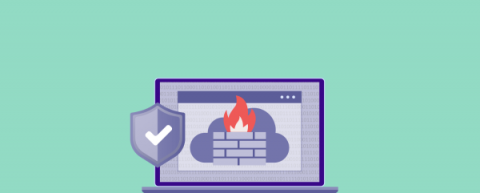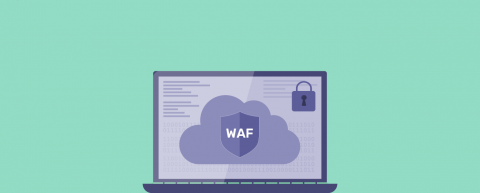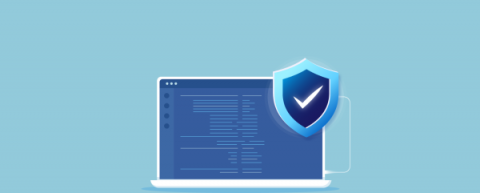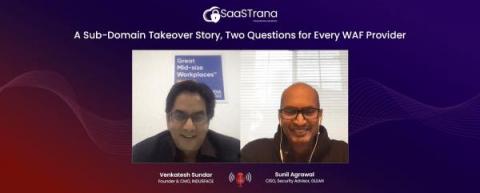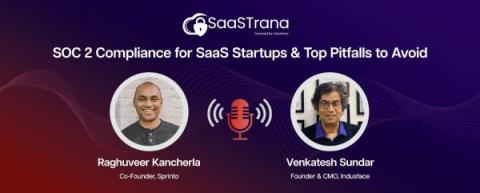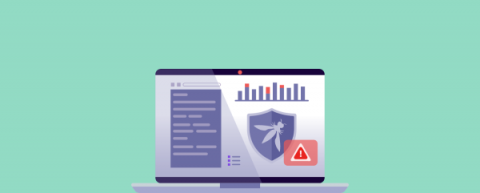Cloud WAF Pricing: All You Need to Know
Choosing the right Cloud WAF pricing model is like finding the perfect pair of shoes: it’s all about comfort, fit, and style for your organization’s needs. In this guide, we’ll help you navigate the world of Cloud WAF pricing, exploring different options and factors so that you can find the perfect fit for your web application security requirements. For those still evaluating Cloud vs. on-prem WAF, here’s a detailed article on why cloud WAFs are better than on-premise WAFs.


